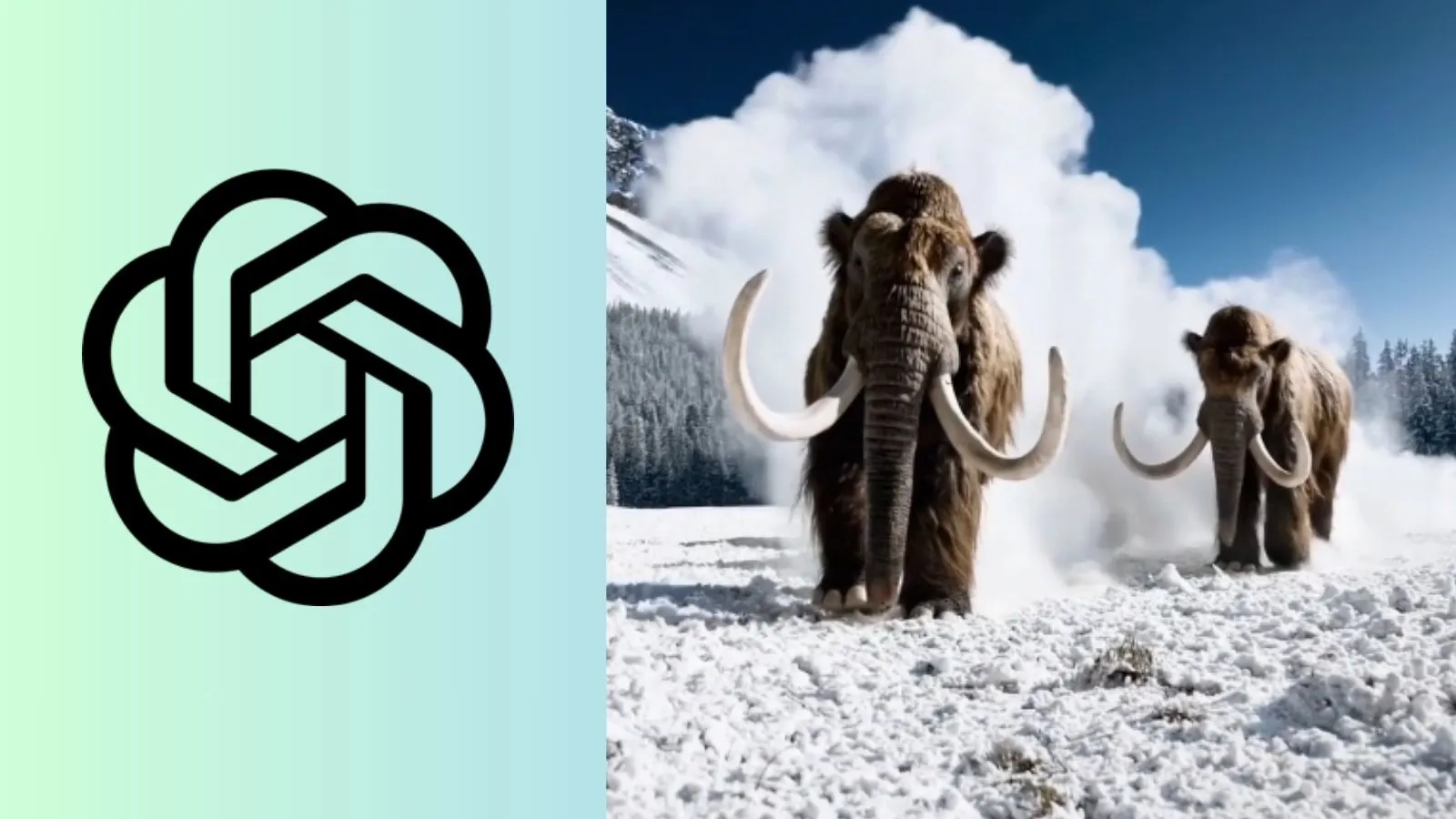OpenAI Introduces Sora: Text-to-Video Model Details
Core Concepts
OpenAI introduces Sora, a text-to-video model capable of generating hyper-realistic videos based on text prompts, showcasing advanced AI capabilities.
Abstract
OpenAI's latest creation, Sora, is a text-to-video model that generates one-minute-long videos with exceptional visual quality and adherence to user prompts. The model can create complex scenes with detailed characters and backgrounds, understanding real-world reflections. Despite its impressive capabilities, Sora has limitations in accurately depicting physics and cause-and-effect scenarios. OpenAI emphasizes safety measures for Sora's deployment, including domain expert testing for misinformation and bias detection.
Customize Summary
Rewrite with AI
Generate Citations
Translate Source
To Another Language
Generate MindMap
from source content
Visit Source
indianexpress.com
Sora, the text-to-video model from OpenAI, is here: What is it and how does it work?
Stats
OpenAI introduces Sora, a text-to-video model capable of generating hyper-realistic videos based on text prompts.
The model uses a transformer architecture similar to GPT models to unlock superior scaling performance.
Sora is built upon past research from DALL-E and GPT Models.
It can generate videos from natural language prompts or existing images accurately.
The company highlighted that Sora may struggle with complex scene physics and specific instances of cause and effect.
Quotes
"We’ll be engaging policymakers, educators, and artists around the world to understand their concerns and to identify positive use cases for this new technology." - OpenAI Official Website
"Sora is clearly miles ahead of existing generative AI video creation models." - Content Source
Key Insights Distilled From
by Bijin Jose at indianexpress.com 02-16-2024
https://indianexpress.com/article/technology/artificial-intelligence/openai-sora-text-to-video-ai-model-9164574/
Deeper Inquiries
How might the introduction of Sora impact the future development of AI technologies?
The introduction of Sora by OpenAI could have significant implications for the future development of AI technologies. Firstly, it showcases advancements in text-to-video models, pushing the boundaries of what AI can achieve in terms of generating hyper-realistic videos based on textual prompts. This innovation may inspire other researchers and companies to invest more resources into developing similar models or improving existing ones. Additionally, Sora's capabilities highlight the potential for AI to revolutionize content creation across various industries, from entertainment to marketing.
What potential ethical concerns could arise from the widespread use of advanced text-to-video models like Sora?
The widespread use of advanced text-to-video models like Sora raises several ethical concerns that need to be addressed. One major concern is the potential misuse of such technology for creating deepfakes or spreading misinformation through realistic-looking videos. This could have serious consequences for individuals, organizations, and society as a whole. Moreover, issues related to privacy and consent may arise if these models are used to generate videos without proper authorization from individuals featured in them. There is also a risk of perpetuating harmful stereotypes or biases if not carefully monitored during content creation.
How can advancements in AI video generation models like Sora influence creative industries such as filmmaking?
Advancements in AI video generation models like Sora have the potential to significantly impact creative industries such as filmmaking. These tools can streamline certain aspects of production processes by automating tasks like scene creation and animation based on textual descriptions. Filmmakers may leverage these technologies to visualize their ideas quickly and cost-effectively before committing resources to actual filming. Additionally, AI-generated content could open up new possibilities for storytelling techniques and visual effects that were previously challenging or time-consuming to execute manually.
By integrating AI video generation models into their workflows, filmmakers can experiment with innovative approaches while saving time and resources traditionally required for pre-visualization or post-production tasks. However, it is essential for creators to maintain artistic control over their projects and ensure that human creativity remains at the core despite leveraging AI technology in filmmaking processes.
0
